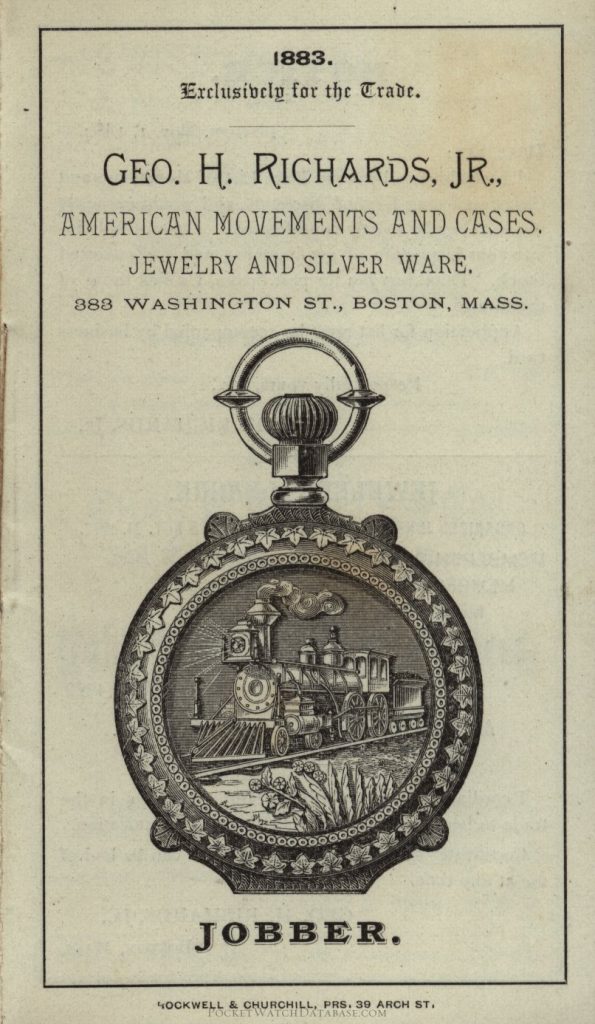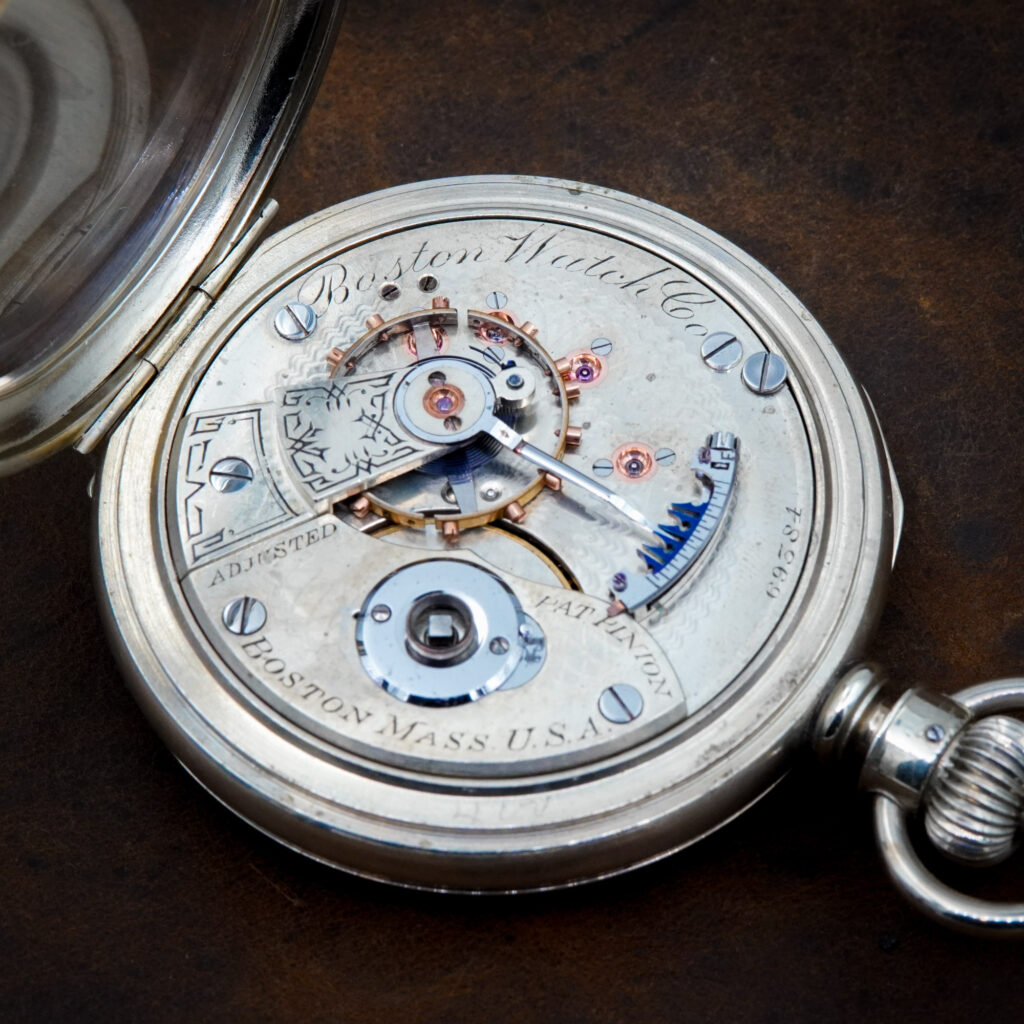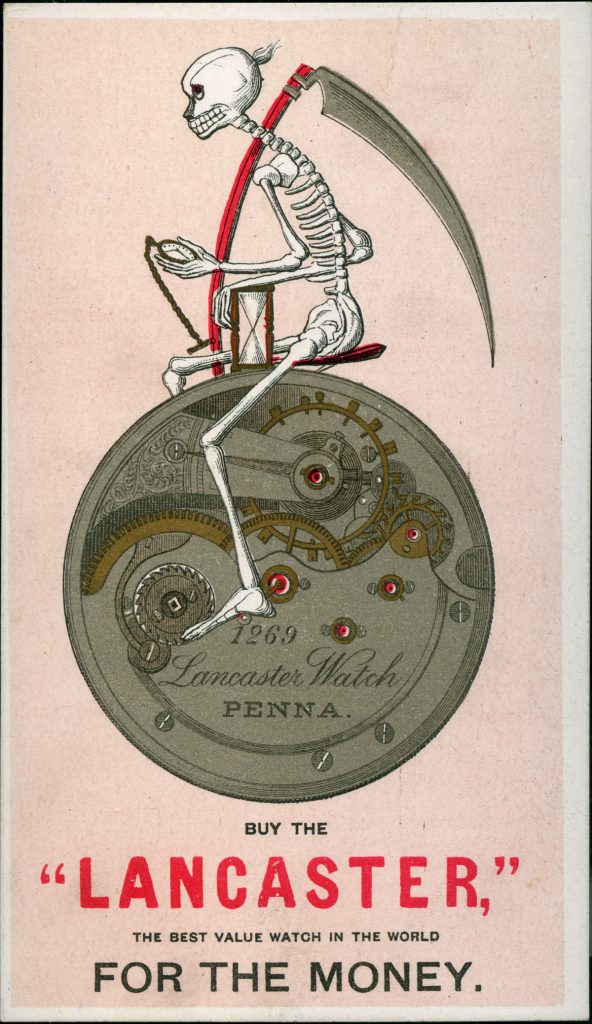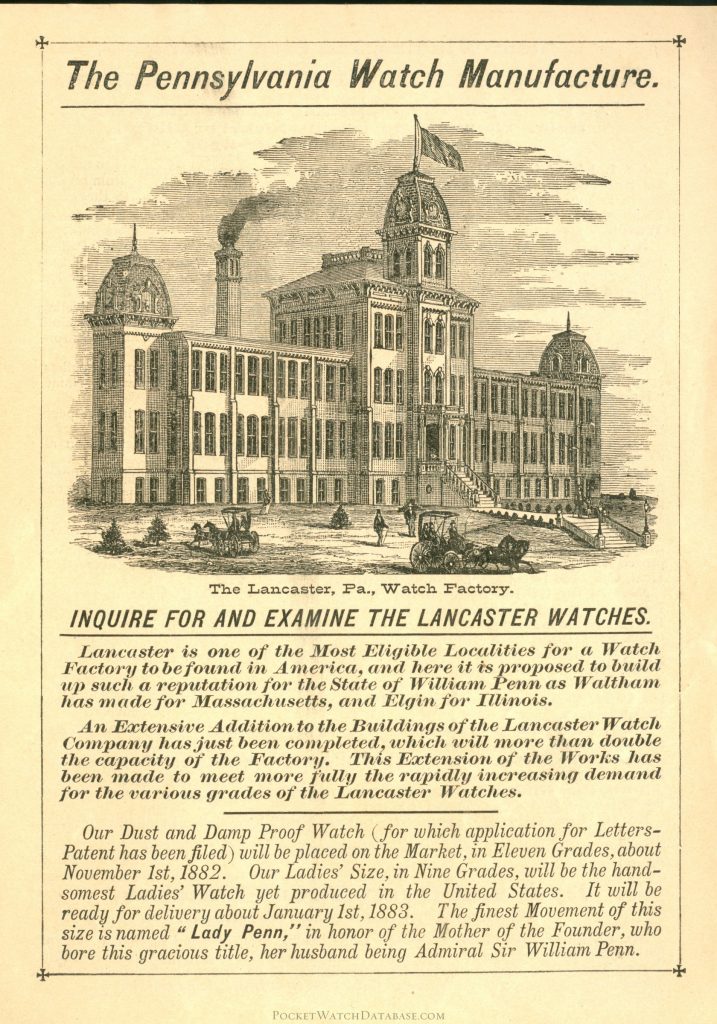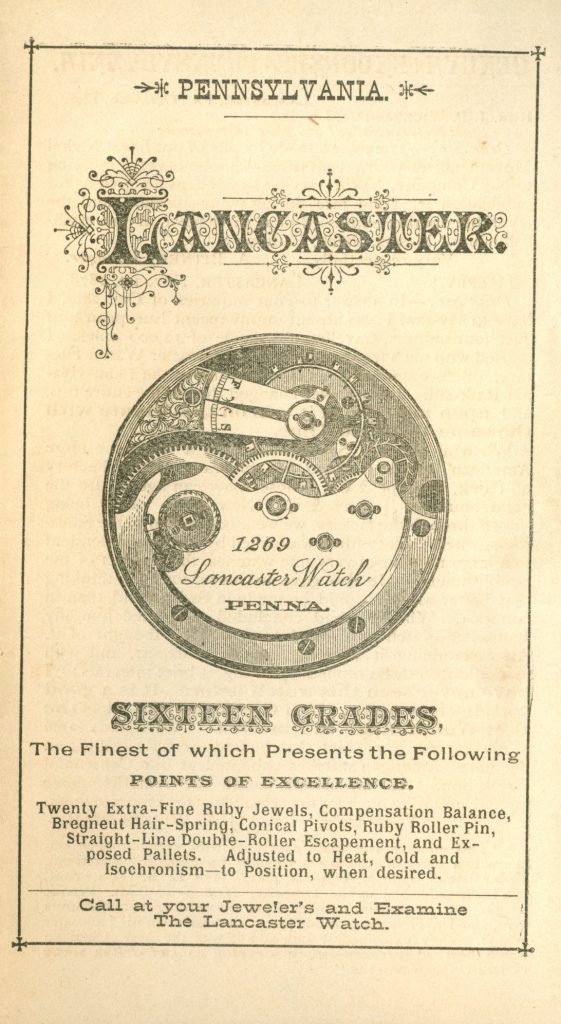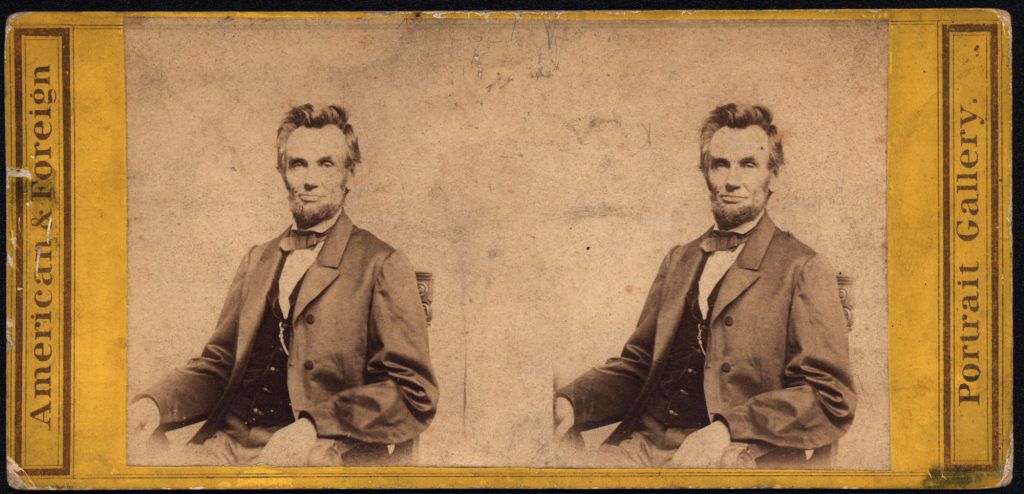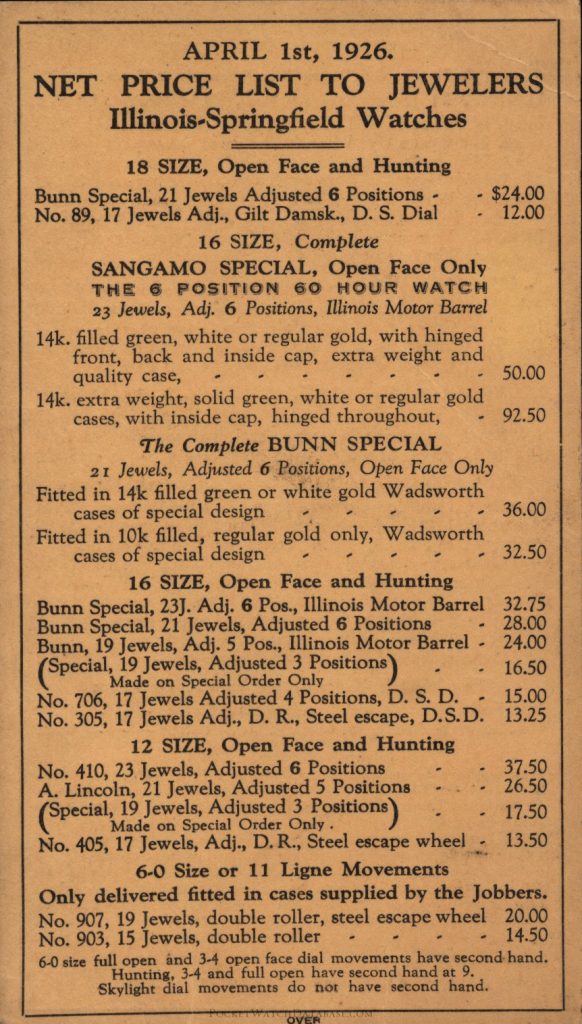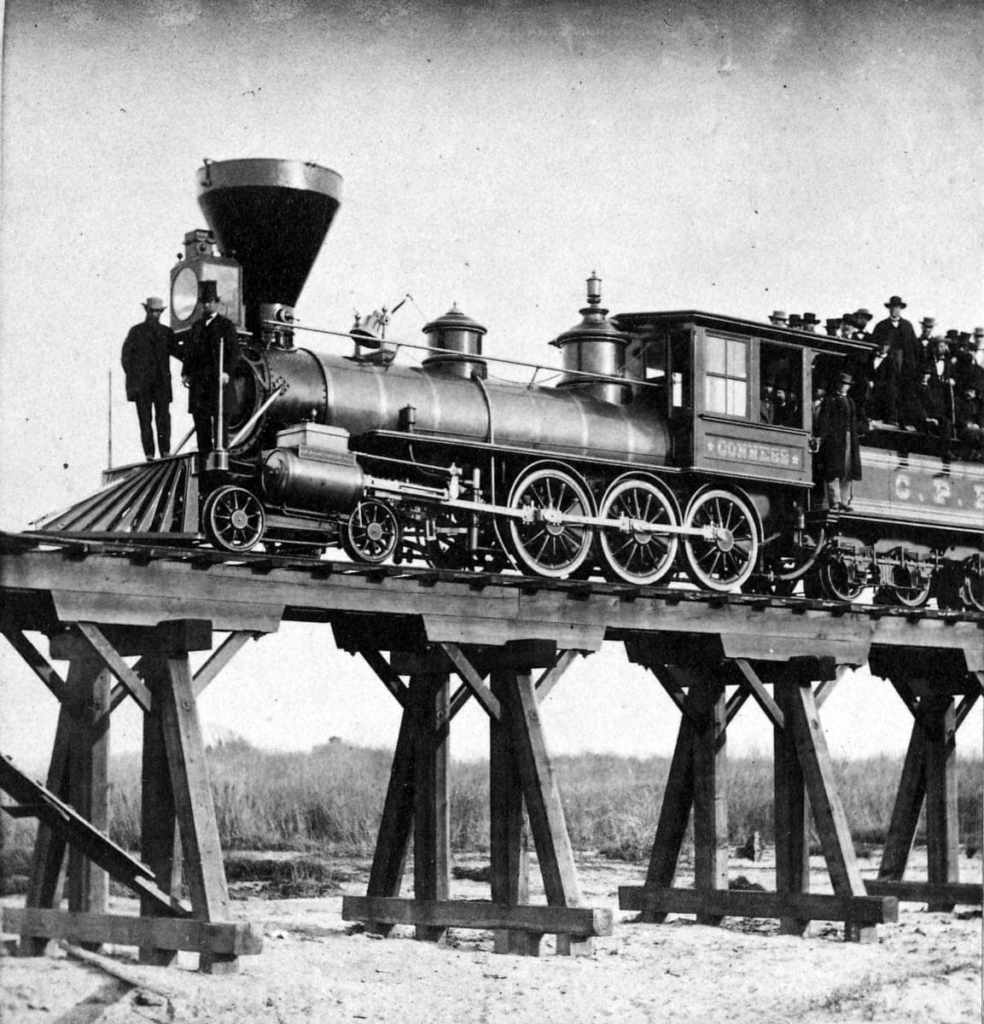

Boston Watch Co. Private Label Movement #695384 with Goold's Patent Regulator Closeup of Frank C. Goold's Patent Regulator c.1877 "Boston Watch Co." private label manufactured by the Hampden Watch Company..
c.1880 Lancaster Watch Co. "Grim Reaper" Trade Card This c.1880 Lancaster Watch Co. trade card was graciously digitized by an anonymous member of our community. The illustration depicts the grim.
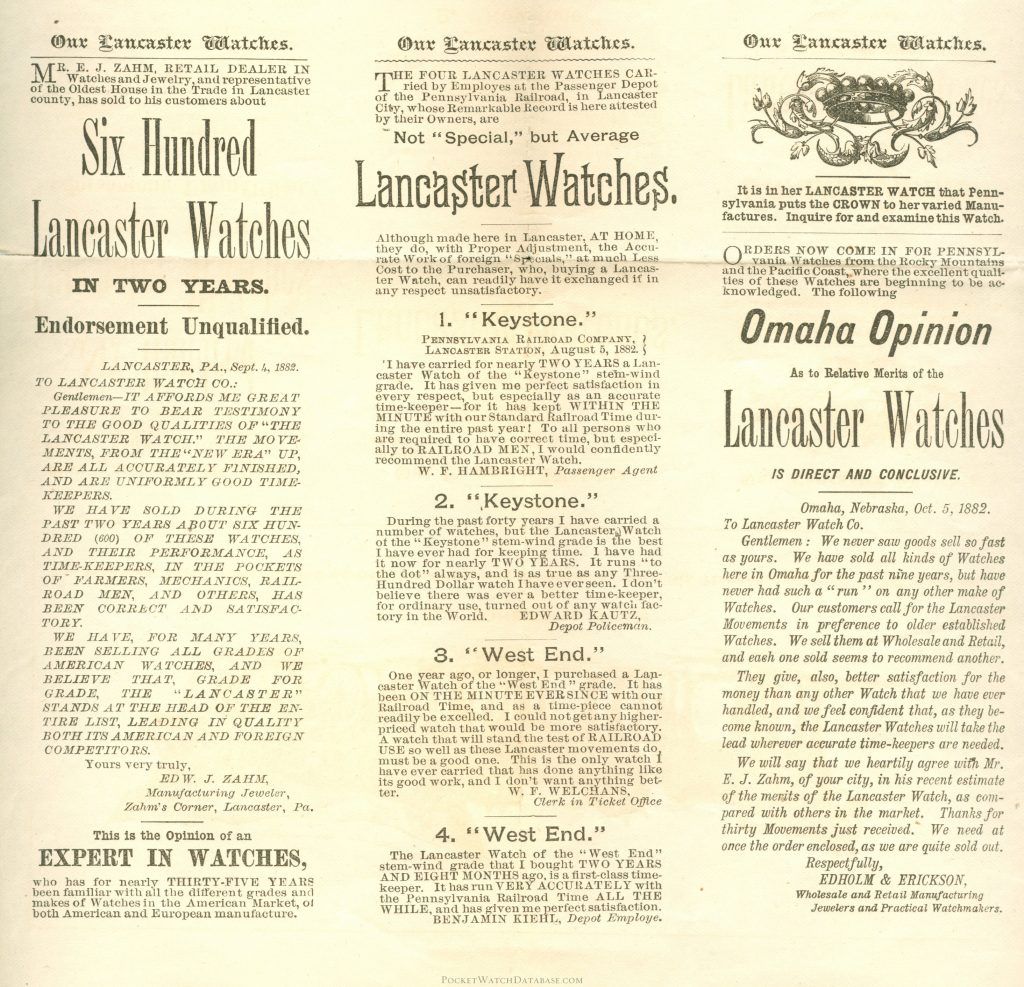
Page 3 of the Lancaster Watch Company Promotional Booklet, c.1882 This c.1882 Lancaster Watch Company booklet was graciously digitized by an anonymous member of our community. The 8-page booklet includes.
Cover of the c.1882 Lancaster Watch Company Catalog This c.1882 Lancaster Watch Company catalog was graciously digitized by an anonymous member of our community. The 6-panel pamphlet features select endorsements.
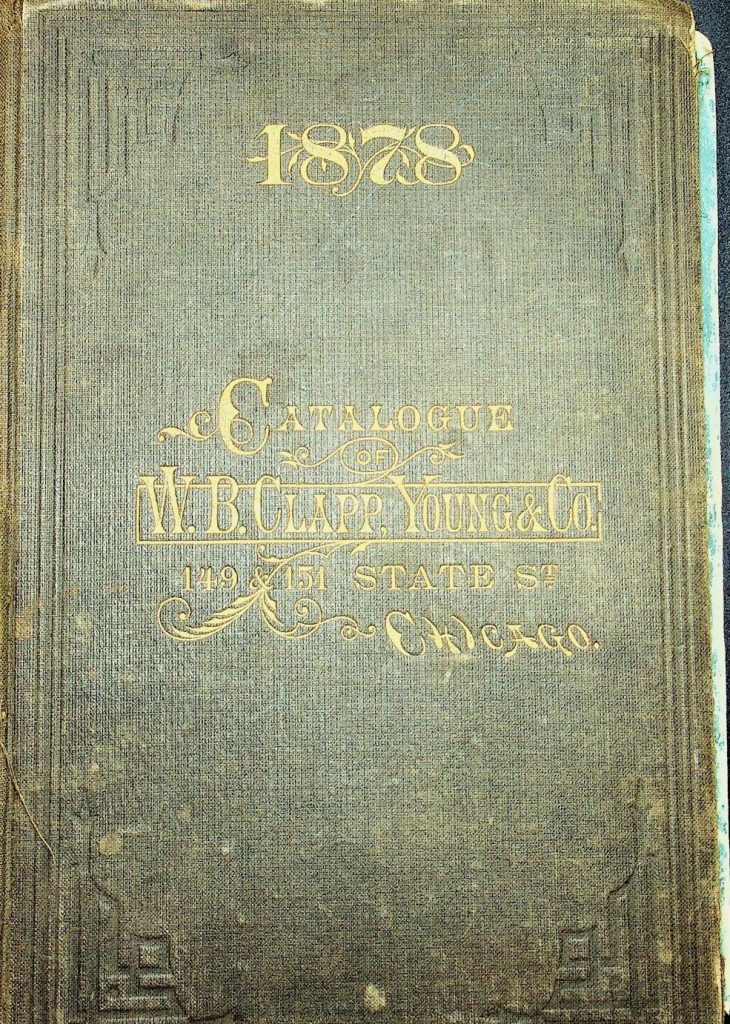
"Portrait Gallery" Stereoscopic View of President Abraham Lincoln by Photographer Mathew Brady I have been seeking this stereoscopic view of President Abraham Lincoln for quite some time. This one came.
Illinois Watch Company Price List (April 1926) Contains a list of movements and watches offered by the Illinois Watch Company effective April 1, 1926. Includes Bunn Special, Sangamo Special, A..
